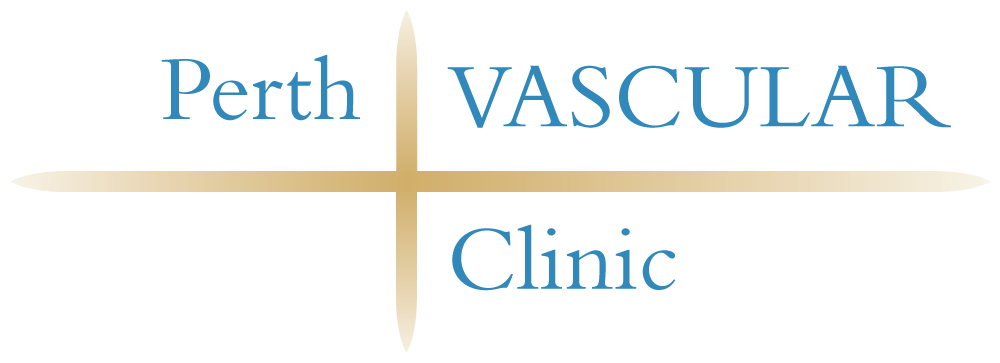Aortic Aneurysms, Aortic Dissections & Peripheral Aneurysms
The aorta is the largest artery in the human body, carrying oxygen-rich blood away from the heart towards the vital organs such as the brain and kidneys, as well as the gut, and upper and lower limbs.
The aorta runs through the chest, where it is called the thoracic aorta.
When it reaches the abdomen, it is called the abdominal aorta. The abdominal aorta supplies blood to the lower part of the body.
In the abdomen, just below the navel, the aorta splits into two branches, called the common iliac arteries, which carry blood into each leg and pelvis.
When a weak area of the aorta expands or bulges, it is called an aneurysm. This can occur in the thoracic aorta and is known as Thoracic Aortic Aneurysm/TAA (chest) or the abdominal aorta known as Abdominal Aortic Aneurysm/AAA (abdomen). This process can also affect other peripheral arteries common one being the Popliteal Artery (artery located behind the knee joint).
Aneurysms are a health risk because they can burst or rupture. A ruptured aneurysm can cause severe internal bleeding, which can lead to shock and frequently death.
Diagnostic techniques detecting aneurysms:
- Ultrasound
- Chest x-ray
- Echocardiography (Ultrasound of the heart – ECHO)
- Magnetic Resonance Imaging (MRI)
- Computed Tomography (CT)
- Digital Subtraction Angiography (DSA)
Treatment options
- Monitoring – 6-12 monthly combined with Ultrasound or CT scans to reassess aneurysm size and/or medications to reduce blood pressure.
- Open surgical repair – an incision into the abdomen or chest to insert a fabric tube (graft) to replace the weakened section of the aorta. Complex thoracic aortic aneurysms may require heart surgery at the time of repair.
- Endovascular Stent-Graft Repair (EVAR or TEVAR) – a small incision is made in the groin or/and arms and a thin tube called a catheter is guided through the blood vessels to the location of the aneurysm. Following X-ray guided positioning of the collapsed stent-graft, the device is open and blood flow is redirected from aneurysm to the healthy arteries taking away the risk of aneurysm rapture and rapture-related complications including death.
- The stent-graft repair is done within the body without need to perform open surgery therefore resulting in a shorter recovery period and lesser rate of potential complications. Availability of this option depends on the location, size and anatomy of the aneurysm.
- Fenestrated Endovascular Stent-Graft Repair (FEVAR) – an alternative form of treatment for patients where the infrarenal neck of their abdominal aortic aneurysm is unsuitable for repair using standard infrarenal devices. This is more complex procedure which required high level of clinical expertise and skills but allows endovascular treatment of difficult aneurysms affecting segment of the aorta involving important side branches.
